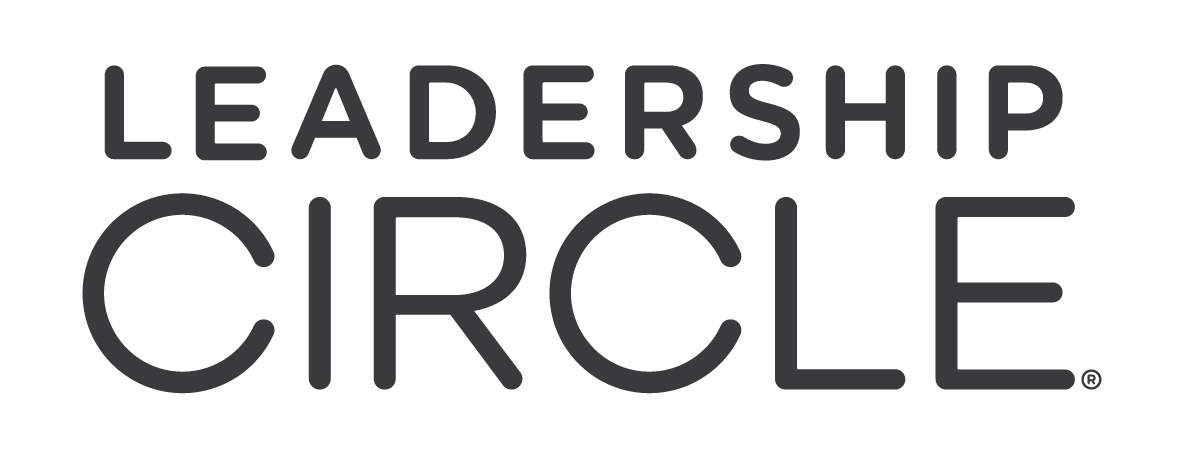The old model of transactional, top-down hierarchies is fading. In its place, a new form of leadership is emerging—one grounded in empathy, trust, and human connection. Far from being a soft skill, empathy has become a critical capability for leaders who want to inspire resilience, retain talent, and build high-performing teams.
Research consistently shows that leaders who lead with empathy foster stronger collaboration, reduce turnover, and create more inclusive cultures. But empathy, when practised in isolation, isn’t enough. True empathetic leadership means balancing compassion with accountability and courageous decision-making. When combined, empathy becomes a powerful driver of both human engagement and organisational success.
What Empathy in Leadership Really Means
Empathy isn’t just about kindness—it’s about understanding and sharing in the experiences of others, then aligning that understanding to meaningful action.
It’s important to distinguish:
- Empathy vs. Sympathy: Sympathy expresses care from a distance (“I feel sorry for you”). Empathy goes deeper, creating connection through shared experience (“I understand what you’re feeling”).
- Empathy vs. Emotional Intelligence: Emotional intelligence covers a broad spectrum: self-awareness, regulation, motivation, empathy, and social skills. Empathy is one piece of that larger puzzle—but one that directly impacts relationships and trust.
When leaders combine empathy with accountability, they don’t lower expectations; they create clarity, safety, and performance simultaneously.
The Risk of Performative Empathy
Not all empathy is equal. Leaders who “talk empathy” but avoid difficult conversations risk undermining trust. Research from Harvard Business Review found that 55% of leaders overestimate their own empathetic capacity, often leading to a disconnect between intention and reality.
The dangers of surface-level empathy include:
- Avoiding hard truths: Shielding employees from constructive feedback limits growth.
- Eroding trust: Teams quickly recognise when empathy feels forced or insincere.
- Stalling progress: Without accountability, empathy can become an excuse for inaction.
💡 Practical tip: Use body language—like relaxed posture, eye contact, and a genuine smile—to signal openness and build authentic connection.
Balancing Empathy with Accountability
At Leadership Circle, we describe this balance through the Creative competency of Courageous Authenticity—the ability to lead with compassion and clarity.
Ways to practise empathetic leadership with accountability:
- Set clear expectations: Being empathetic doesn’t mean lowering the bar. Transparency about responsibilities builds trust.
- Give actionable feedback: Frame constructive criticism as care-driven, positioning it as an opportunity for development rather than fault-finding.
- Model authenticity: Share your own challenges when appropriate. Vulnerability builds connection and normalises learning.
- Pair empathy with data: Use metrics to ground decisions, showing how both people and performance matter.
Self-Awareness: The Foundation of Empathy
Effective empathy begins with self-leadership. Leaders who understand their own triggers, blind spots, and assumptions are far better equipped to connect genuinely with others.
Ways to deepen self-awareness:
- Identify bias: Reflect on how unconscious assumptions might shape your judgements.
- Notice triggers: Pay attention to when you react emotionally rather than responding intentionally.
- Reflect consistently: Journalling or mindfulness practices help surface patterns and increase choice in how you lead.
💡 Pro tip: If you feel emotionally triggered, use a reset phrase like “I need a moment” to pause and return to the conversation with presence.
Making Empathy a Cultural Value
Empathy isn’t just an individual trait—it can be scaled across an organisation. Leaders set the tone, but culture sustains the practice.
Practical ways to embed empathy at scale:
- Model from the top: Executives should embody empathy to set expectations across leadership levels.
- Embed in processes: Infuse empathetic practices into onboarding, training, and mentoring.
- Measure leadership effectiveness: Use tools like the Leadership Circle Profile to track empathy alongside other leadership capabilities.
The Future of Leadership Is Human-Centred
Empathetic leadership is not about lowering standards—it’s about raising the standard for how we connect, support, and grow together. When leaders balance empathy with accountability, they don’t just create engaged employees; they shape cultures of trust, collaboration, and high performance.
At Leadership Circle, we help leaders develop this balance through self-awareness, coaching, and assessment tools designed to unlock both empathy and impact.
Are you ready to cultivate empathetic leadership in your organisation? Book a consultation with us today and take the next step toward building trust, resilience, and results.





